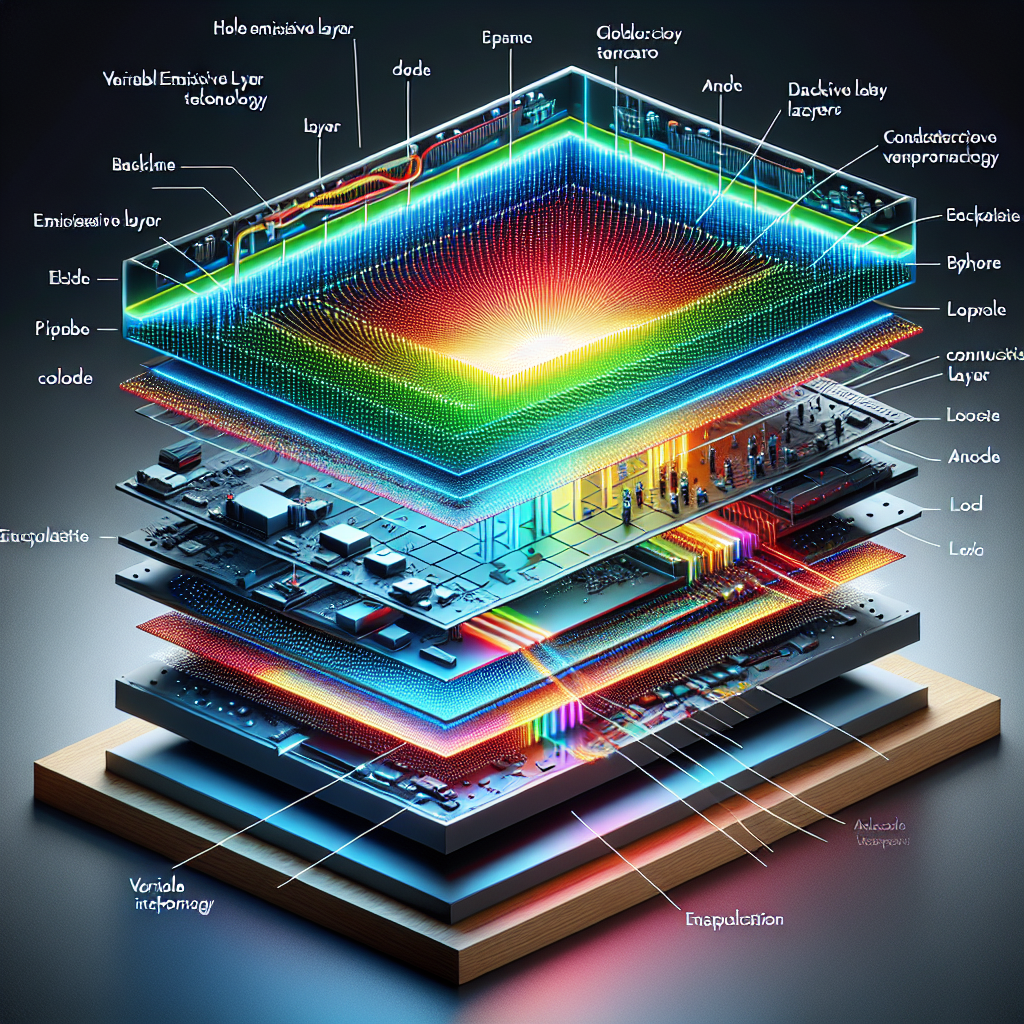In the world of display technology, OLED monitors have earned widespread acclaim for their stunning visual performance, vibrant colors, and deep blacks. However, the latest innovation poised to elevate OLED performance even further is variable emissive layer technology. This cutting-edge advancement is targeting key areas such as image quality, energy efficiency, and overall longevity of the display. Understanding how monitors with variable emissive layer technology enhance OLED performance can help consumers make more informed choices when investing in premium display devices.
What is Variable Emissive Layer Technology?
Variable emissive layer technology refers to the capability of adjusting the brightness and emission properties within different sub-pixels of an OLED display. Unlike traditional OLED displays where the emissive layer operates with a uniform brightness, variable emissive technology allows dynamic modulation, ultimately providing superior control over light emission. This results in several tangible benefits to the end-user.
Key Benefits of Variable Emissive Layer Technology
- Enhanced Image Quality: By providing more precise control over light emission on a per-pixel basis, this technology drastically improves color accuracy, contrast, and overall image sharpness.
- Increased Energy Efficiency: OLED displays with variable emissive layers can dynamically adjust brightness levels to save energy, especially in low-light scenes or predominantly dark images.
- Extended Lifespan: Limiting unnecessary light emissions can reduce wear and tear on OLED components, potentially extending the lifespan of the display.
Comparison: Standard OLED vs. Variable Emissive Layer OLED
| Feature | Standard OLED | Variable Emissive Layer OLED |
|---|---|---|
| Image Quality | High | Superior |
| Energy Efficiency | Moderate | High |
| Lifespan | Standard | Extended |
Technical Breakdown of the Process
How Variable Emissive Layers Work
The key to this technology lies in the ability to modulate the emissive layer of the OLEDs at a micro level. This involves adjusting the electric current passing through each sub-pixel to change its brightness levels dynamically. By doing so, each pixel can be fine-tuned to produce the exact amount of light needed, leading to sharper and more vibrant images.
Chromatic Benefits
Variable emissive layer technology allows for better color calibration and greater consistency across the screen. This leads to an expansion in the range of colors that can be displayed, often measured in terms of color gamut. Wide color gamut support ensures that the display can show more true-to-life shades.
Energy Savings
One of the primary benefits of variable emissive layer technology is its significant impact on energy efficiency. Traditional OLED screens can sometimes waste power by over-illuminating pixels in low-light scenarios. With variable emissive control, the display can automatically dim portions of the screen without sacrificing image quality. This directly translates to lower power consumption.
Long-term Cost Savings
Reduced power usage not only provides an immediate cut in energy costs but also extends the display’s lifetime by lessening wear on the emissive layers. Over time, this can lead to substantial cost savings for both individual consumers and businesses.
Practical Applications
Variable emissive layer technology is not just a theoretical improvement; it has real-world applications that can be appreciated in various contexts:
- Professional Photography and Videography: Professionals in these fields will benefit from more accurate color reproduction and better image quality.
- Gaming: Enhanced contrast and dynamic lighting can significantly improve in-game graphics, contributing to a more immersive experience.
- Home Entertainment: For everyday users, deeper blacks and better contrast ratios make for a superior viewing experience when watching movies or TV shows.
Challenges and Considerations
While variable emissive layer technology presents numerous advantages, it also comes with its own set of challenges. One primary concern is the added manufacturing complexity and cost. Integrating this advanced technology requires more precise control mechanisms, which can drive up the price of the final product. Therefore, consumers must weigh the benefits against the potentially higher costs.
Future Outlook
As advancements in material science and manufacturing techniques continue, it is expected that the cost factors associated with variable emissive layer technology will decrease. This will likely result in broader adoption across various segments of the display market. Future iterations could also bring additional functionalities, such as adaptive technologies that further refine energy savings and image quality.
Conclusion
Variable emissive layer technology is poised to revolutionize the way we experience OLED displays. By offering enhanced image quality, energy efficiency, and an extended lifespan, this technology addresses some of the limitations of current OLED screens. Whether used in professional settings or for home entertainment, the benefits of this innovative approach are substantial. As this technology becomes more accessible, consumers can look forward to OLED displays that not only meet but exceed their expectations.

